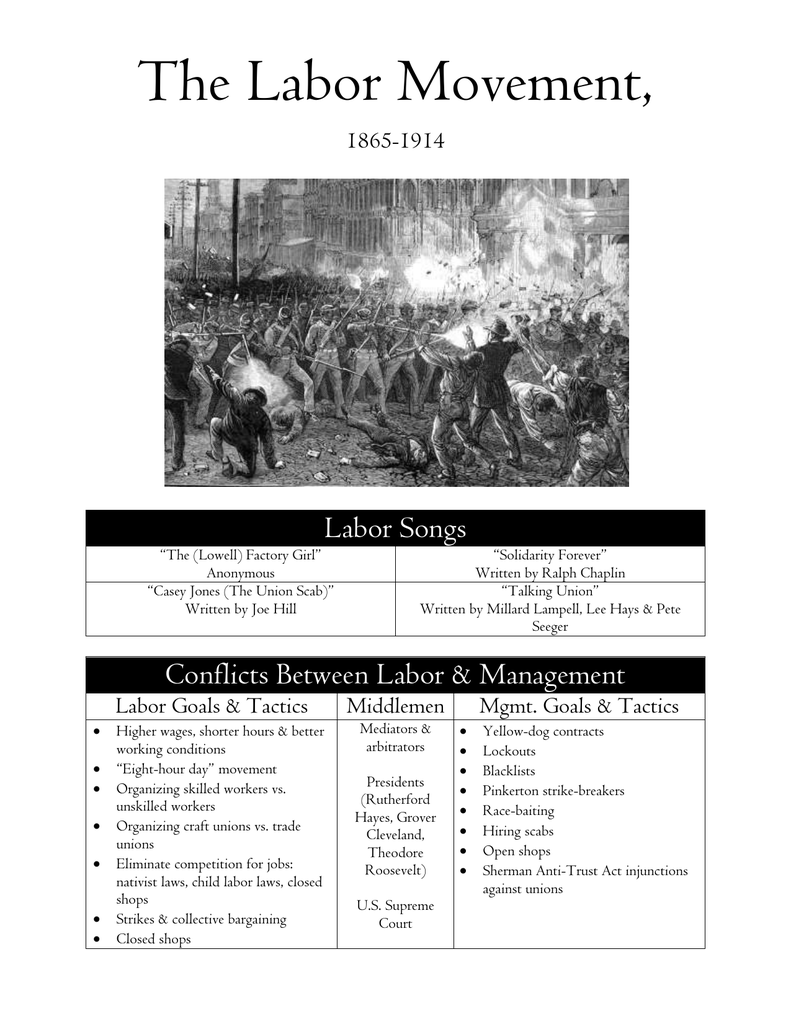

In the 1830s, half a century before the better-known mass movements for workers' rights in the United States, the Lowell mill women organized, went on strike and mobilized in politics when women couldn't even vote-and created the first union of working women in American history. Lowell Mill Women Create First Union of Working Women In the summer of 1881, the laundresses took on Atlanta’s business and political establishment and gained so much support that they threatened to call a general strike, which would have shut the city down. With slavery less than two decades behind them, thousands of black laundresses went on strike for higher wages, respect for their work and control over how their work was organized. She later became secretary of labor under President Franklin D. For some, such as Frances Perkins, who stood helpless watching the factory burn, the tragedy inspired a lifetime of advocacy for workers’ rights. After the fire, their story inspired hundreds of activists across the state and the nation to push for fundamental reforms. The shirtwaist makers’ story was so compelling because it brought attention to the events leading up to the fire. It is estimated that more than 100 workers died every day on the job around 1911. In fact, workplace deaths weren’t uncommon then. But the fire alone wasn’t what made the shirtwaist makers such a focal point for worker safety. Many of us have read about the tragic Triangle fire in school textbooks. In a half an hour, the fire was over, and 146 of the 500 workers-mostly young women-were dead. Trapped inside because the owners had locked the fire escape exit doors, workers jumped to their deaths. Firefighters arrived at the scene, but their ladders weren’t tall enough to reach the upper floors of the 10-story building. On Saturday, March 25, 1911, a fire broke out on the top floors of the Triangle Shirtwaist factory. "But because of the language barrier they were easily divided, and thoroughly exploited."

Hailing mainly from southern and eastern Europe, they included "Russians who had served in the 1905 Duma, Italians who had led resistance strikes, Germans who were active in the metal workers' union," according to historian Sidney Lens. plant in McKees Rock, a few miles down the Ohio River from Pittsburgh, where between 5,000 and 8,000 mostly immigrant workers from some 16 nationalities created railway cars.

The strike took place at the huge Pressed Steel Car Co. Debs, arguably the foremost union activist in American history, described the 1909 McKees Rock, Pa., strike this way: "The greatest labor fight in all my history in the labor movement." Yet today, few remember this struggle when immigrant workers rose up and changed the course of American unionism. Homestead's management, with millionaire Andrew Carnegie as owner, was determined to lower its costs of production by breaking the union.Įugene V. The skilled workers at the steel mills in Homestead, seven miles southeast of downtown Pittsburgh, were members of the Amalgamated Association of Iron and Steel Workers who had bargained exceptionally good wages and work rules. history, leaving scars that have never fully healed after five generations. The 1892 Homestead strike in Pennsylvania and the ensuing bloody battle instigated by the steel plant's management remain a transformational moment in U.S. 19, which was part of the militant Western Federation of Miners.
#BIG BUSINESS AND LABOR QUIZLET FREE#
So did a strong miners union-the Free Coinage Union No. Cripple Creek had become a boom town after gold was discovered. A century ago, Cripple Creek was famous for important, dramatic battles where workers fought to win their rights. These days, the town of Cripple Creek, Colo., is best known for casinos-14 of them. Here are some key events in labor history: The Battle of Cripple Creek The story of America is the story of its working people-their struggles and successes and their hopes for a better future for themselves and their families.


 0 kommentar(er)
0 kommentar(er)
